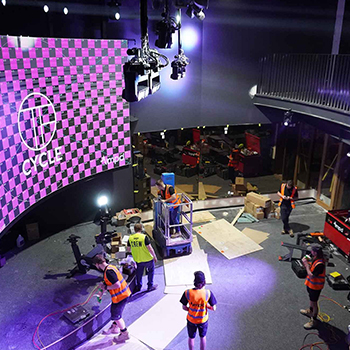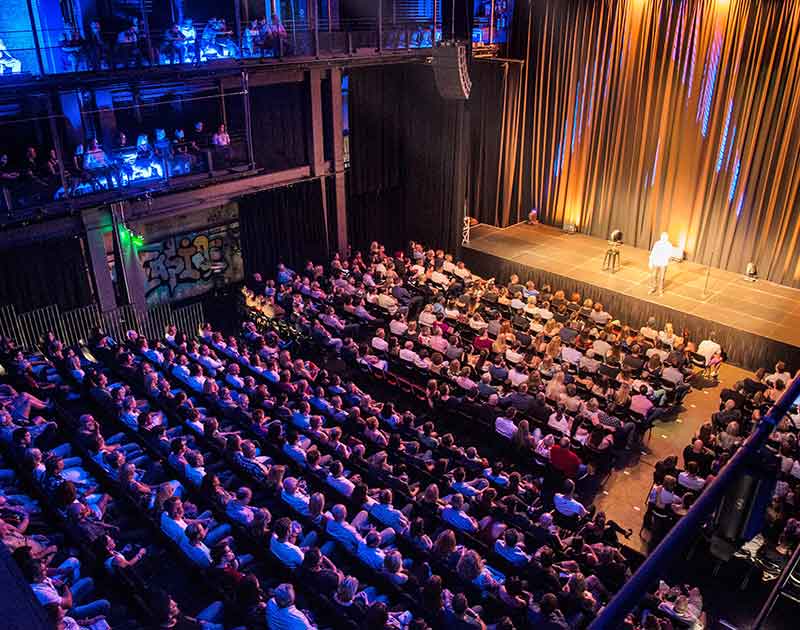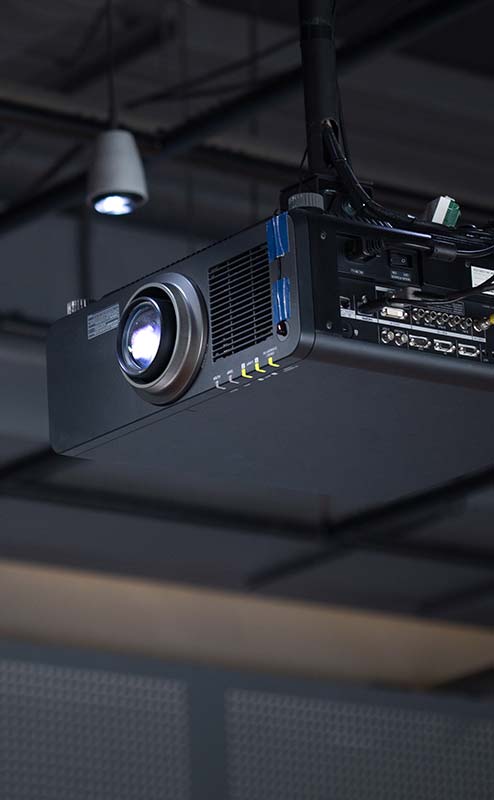
what is audio and audio visual?
Audiovisual is a type of media that uses both sight and sound. Audiovisual is usually an electronic media that has a visual component and au audible component, such as; films, television programs, live theatre, video conferencing, presentations, live streaming, religious services etc.

Why is audiovisual important?
Audiovisual is important for many different reasons. It can be used in retail environments to catch people's attention and draw them in store. But even more importantly, audiovisual can be used to
create a sense of atmosphere and even evoke certain emotional responses just by using specific colours and sounds.
Restaurants even use audiovisual to impact human behaviour and moods. Something as simple as using your restaurant's speaker system to play faster tempo background music makes customers eat faster, which leads to faster table turns and increased sales.
Alternatively, in a retail environment, by having an even coverage of slow tempo music throughout your store customers spend more time and money.
Audiovisual can even be used to enhance experiences like in Nike's new SoHo based retail store.
Audiovisual is vital when it comes to creating unique experiences that help you stand out from your competitors and bring customers back time and time again.

The advantages of audiovisual communication
- Creating unique and memorable experiences
- Help convey information more efficiently and succinctly
- Impact customer spending
- Impact consumer behaviour
- Used to convey brand in a deeper and more memorable way
- Create immersive environments
- Can be used to create environments that make it easier (or harder) for people to take in information
- AV can be used to elicit emotions and alter behaviours (For example - blue/green colour spectrum helps reduce anxiety)
- Projecting artful designs can reduce the sense of risk in decision making
- ALS (Assistive Listening Systems) can help cut through the noise in order to deliver better listening experiences for those with hearing loss. These systems are predominantly used to help people understand speech and enjoy music and other significant sounds during films, performances and presentations.

What are the types of audiovisual
- PA systems
- Speakers
- Amplifiers
- Mixers
- Projectors and projector screens
- TVs
- Microphones
- Touch panels
- Live streaming, video conferencing and presentation equipment (Webcams, microphones, camera, mixers, screens etc)
- Screens, interactive panels and display screens (LED/ LCD / Plasma)
- Computers
- DJ equipment
- Lighting
- Audio and lighting control systems
- Stage managers' desks
- AV racks and cabinets
- Visual and audio design



